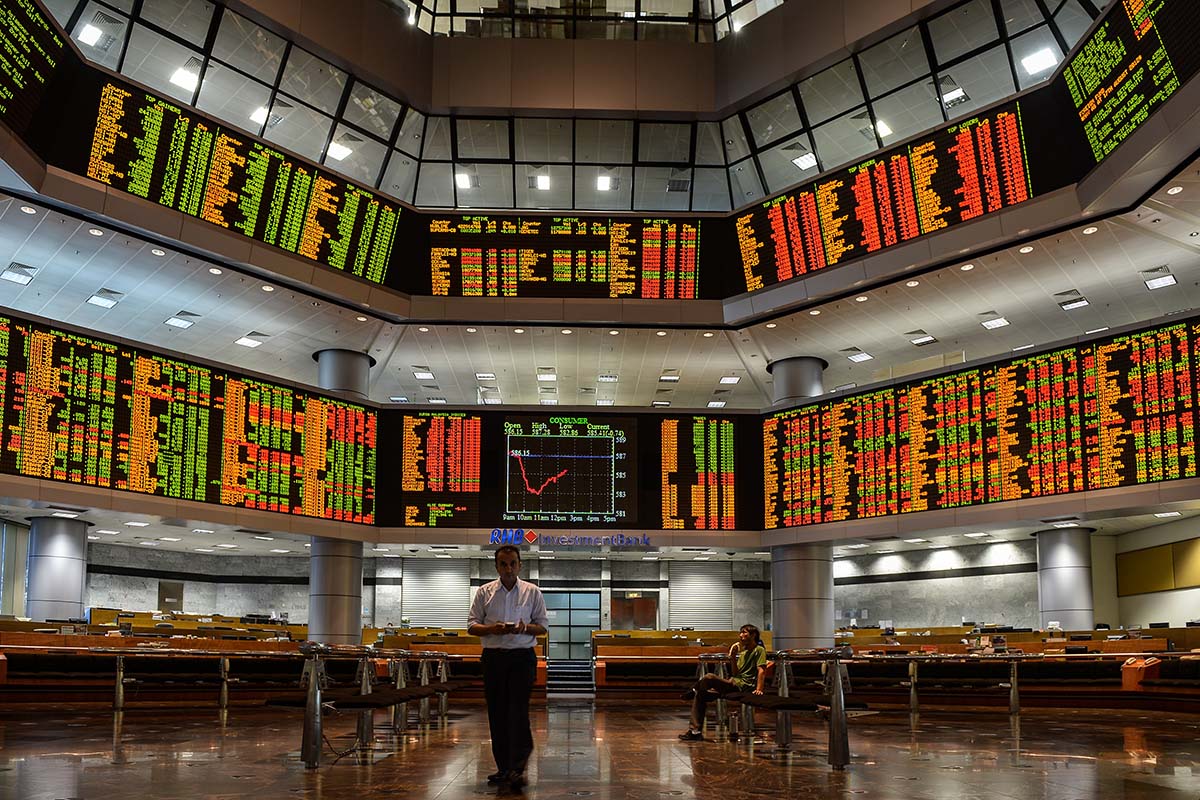Most Asian markets rose on Thursday following gains on Wall Street, but with trading thin leading into the New Year break there was little to drive prices at the end of a stellar year for global equities.
But analysts warned the dollar could face pressure despite expectations for more Federal Reserve interest rate hikes over the next 12 months.
"The dollar bears are getting their last licks in for 2017 perhaps foreshadowing of things to come in 2018," said Stephen Innes, head of Asia-Pacific trading at OANDA.
"The bears took their cue from the Conference Board consumer confidence index, which fell to its lowest level since November 2016, indicating that consumer spending may have peaked after this year's blowout holiday season for shoppers.
"And retail sales data could struggle in the face of even the most modest of US rate hikes in 2018."
The greenback edged down against the yen, pound and euro, while it was also weaker against most high-yielding currencies including the Australian dollar, South African rand and South Korean won.
In share trading Hong Kong rose 0.7 percent, as did Shanghai, while Sydney put on 0.3 percent.
But Tokyo finished 0.6 percent down after an afternoon sell-off fuelled by the strengthening yen.
Bitcoin sinks
Seoul was more than one percent higher, with Hyundai Heavy Industries – the world's largest shipbuilder by sales – up almost four percent but making only a small dent in Wednesday's losses of 29 percent that came after news the company will issue new stocks in a bid to shore up its ailing finances.
Bitcoin sank more than 10 percent to below $14,000 after South Korea said it would ban anonymous trading of virtual currencies and crack down on money laundering activities using them.
South Korea is one of main trading nations in bitcoin, accounting for about 20 percent of global transactions.
The digital unit has seen stratospheric growth this year, rising more than 25-fold from its January low to hit a record around $19,500 earlier this month, according to Bloomberg figures.
Oil prices climbed to sit around two-year highs.
And OANDA's Innes said there could be more rises in crude caused by supply cuts by Russia and OPEC, while adding that "markets will continue to drift towards bullish headlines, and with geopolitical risk no less sure ahead of Libyan elections next year we should expect more regional chaos and disorder to underpin prices". – AFP
Recommended stories:
